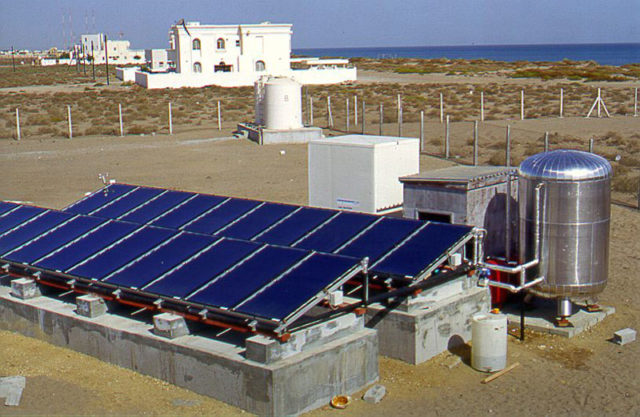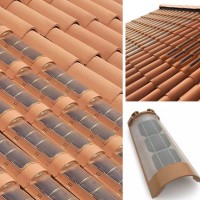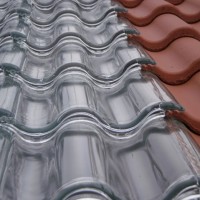Fresh drinking water is a real problem in some parts of the world, as it is very hard to have access to it. This clever machine, designed by scientist at MIT will turn salty water into drinking water using solar energy. Oh, and it is also portable so it can be easily transported to areas in need of drinking water. The machine works through electro-dialysis and presses the stream of water between 2 electrodes that have opposite charges. The rest of it is science and it is explained very nicely at the link below that also contains a video presentation on how the entire machine works. The most important thing to keep in mind is that this portable invention is capable of filtering 2,100 gallons of water per day, which is pretty amazing.
How it works
“Electrodialysis works by passing a stream of water between two electrodes with opposite charges. Because the salt dissolved in water consists of positive and negative ions, the electrodes pull the ions out of the water, Winter says, leaving fresher water at the center of the flow. A series of membranes separate the freshwater stream from increasingly salty ones.
Both electrodialysis and reverse osmosis require the use of membranes, but those in an electrodialysis system are exposed to lower pressures and can be cleared of salt buildup simply by reversing the electrical polarity. That means the expensive membranes should last much longer and require less maintenance, Winter says. In addition, electrodialysis systems recover a much higher percentage of the water — more than 90 percent, compared with about 40 to 60 percent from reverse-osmosis systems, a big advantage in areas where water is scarce.”
David L. Chandler explains, “Electrodialysis works by passing a stream of water between two electrodes with opposite charges. Because the salt dissolved in water consists of positive and negative ions, the electrodes pull the ions out of the water, leaving fresher water at the centre of the flow. A series of membranes separate the freshwater stream from increasingly salty ones.” (news.mit.edu)
via: Minds
More ideas:
- The World’s Largest, Mobile, Solar-Powered Generator
- Generate cheap, green electricity from sunlight with solar roof tiles
- Innovative Glass Roof Tiles Heat Your Home With Solar Energy


















